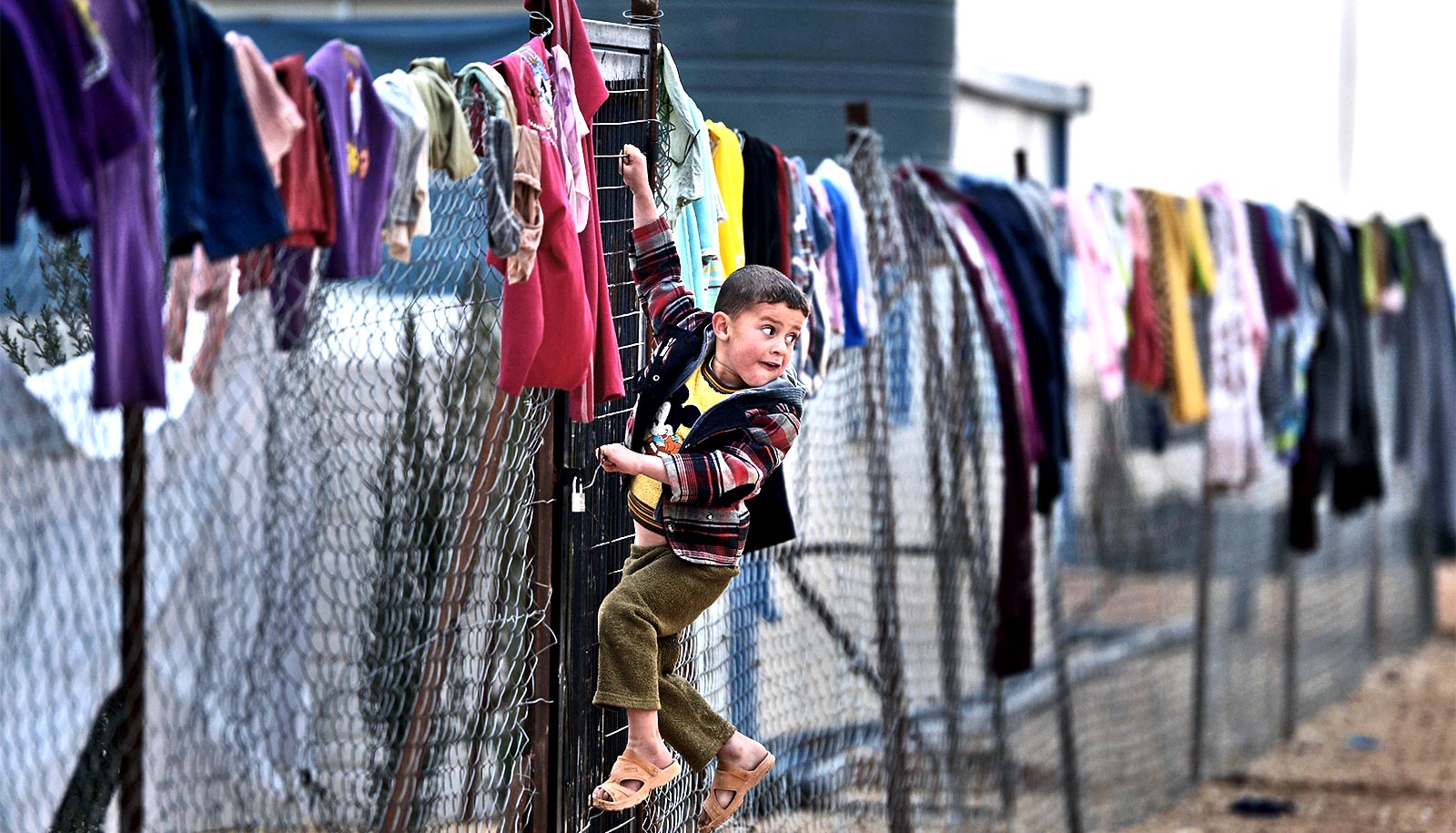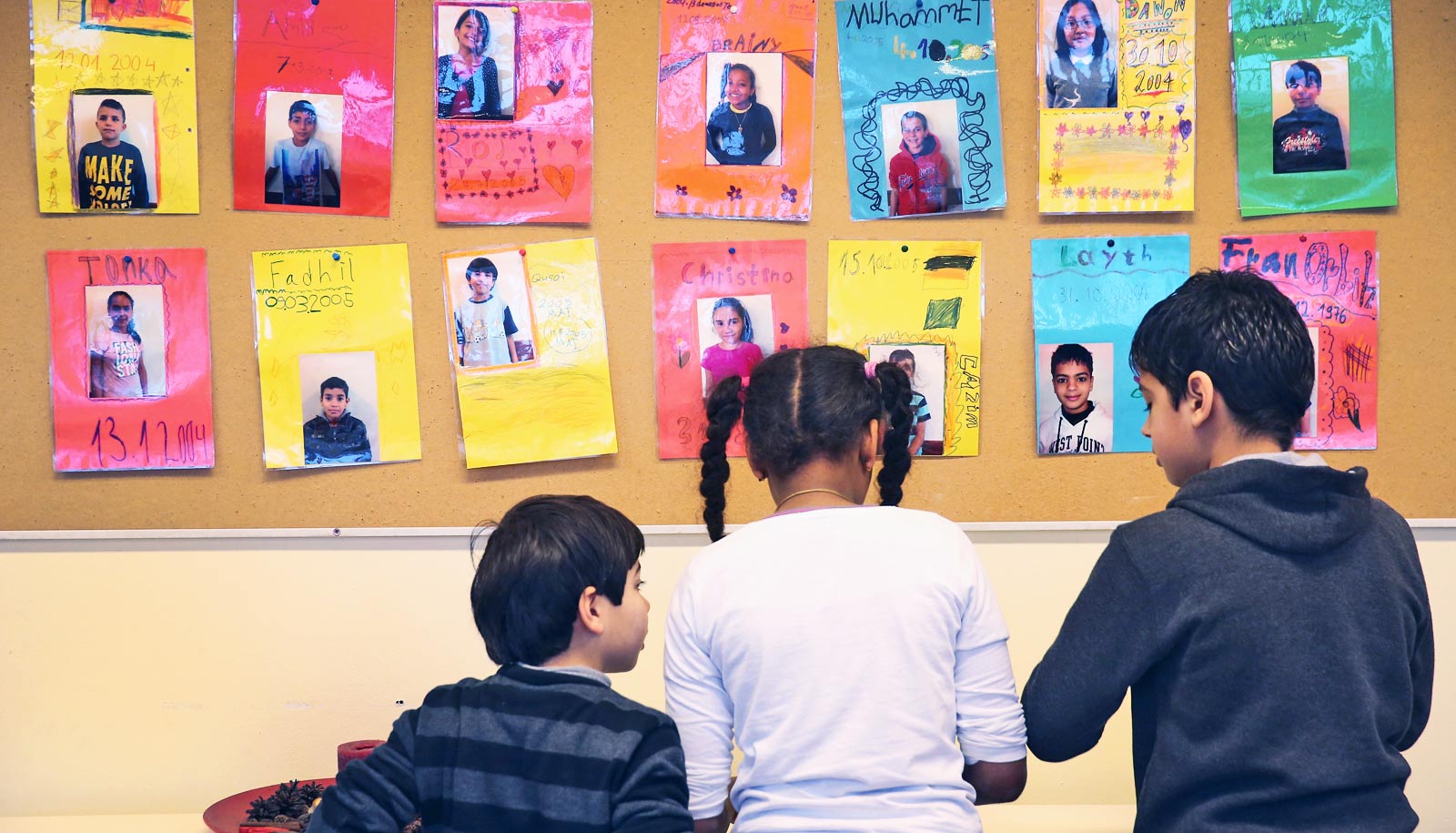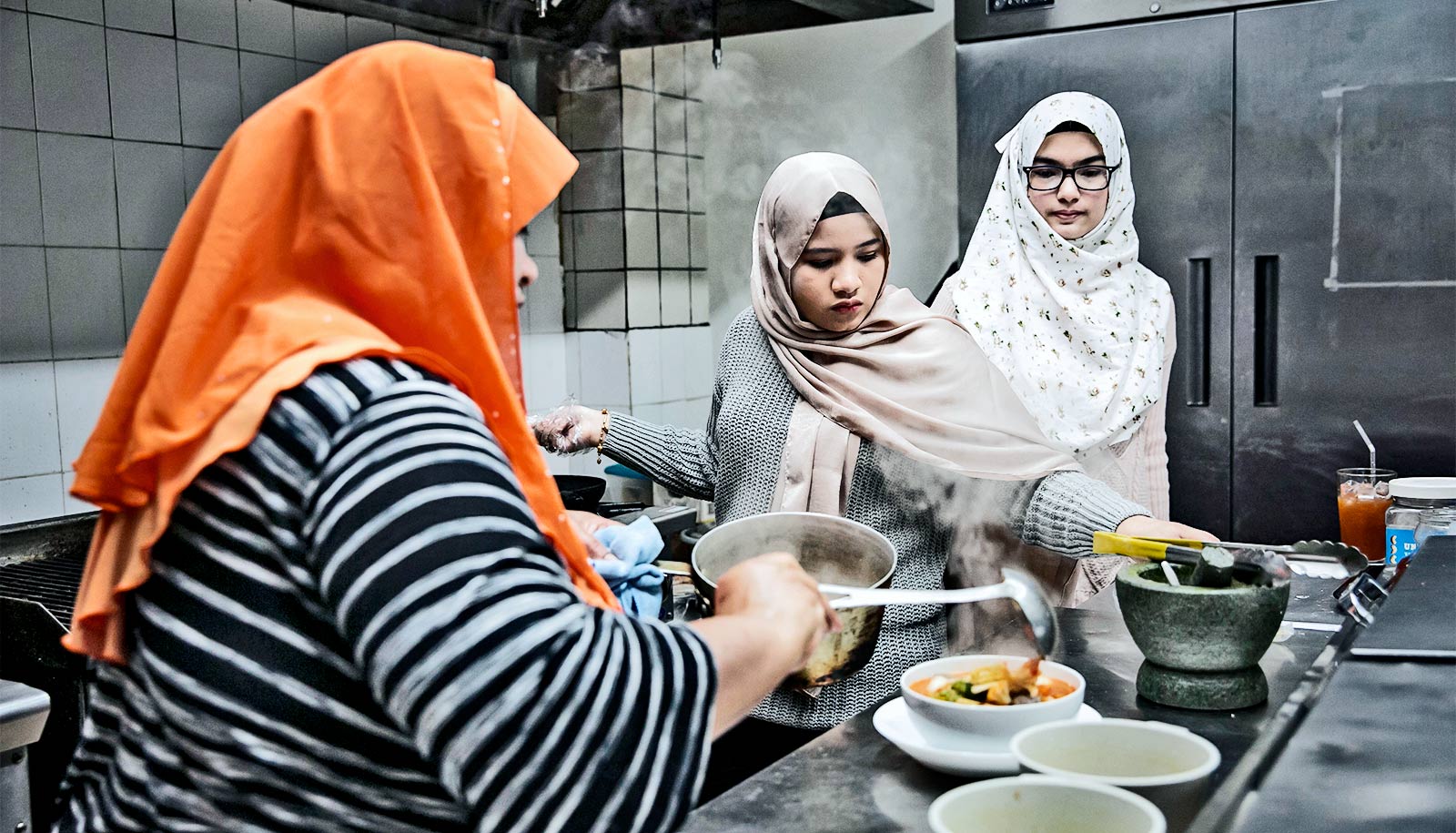A new tool, the Self-Reliance Index, tracks the self-reliance of refugees and other displaced populations over time, report researchers.
“Humanitarian actors are increasingly recognizing the need to shift focus from providing refugees with immediate assistance to promoting their ability to obtain sustained self-reliance. Until now, we haven’t had a comprehensive tool to measure progress toward this goal,” says Ilana Seff, research assistant professor at the Brown School at Washington University in St. Louis and lead author of the paper in the journal Conflict and Health.
“The Self-Reliance Index is unique in that it provides a holistic picture of a household’s self-reliance, beyond just economic indicators, allowing policy makers and practitioners to track changes over time,” says Lindsay Stark, associate professor and senior author of the paper.
The index comprises 12 domains to try to show how a refugee family may fare on its own, including housing, food, education, healthcare, health status, safety, employment, financial resources, assistance, debt, savings, and social capital.
Along with partners at the Women Refugee Commission and RefugePoint, Seff and Stark spent two years developing a tool that could be contextually adapted for different settings while still maintaining global relevance.
The team worked with several organizations to further inform the testing of the index after initial efforts to pilot the tool in Nairobi, Kenya; Amman, Jordan; and Palenque, Mexico. Data were collected by RefugePoint in Kenya, AsylumAccess in Mexico, the Danish Refugee Council in Lebanon, and Caritas Switzerland in Syria.
Since the SRI’s official release, the tool has been built into several popular data platforms among humanitarian NGOs so that it can be used to screen for program eligibility, generate a more holistic picture of organizations’ refugee clients, support program evaluations, and for policy/advocacy efforts. To date, it has been used in more than 20 settings across the globe.
“Ultimately, we hope the Self-Reliance Index can help the humanitarian field move beyond stop-gap programming to support refugees to thrive as self-sufficient, actively engaged members of society,” Seff says.



